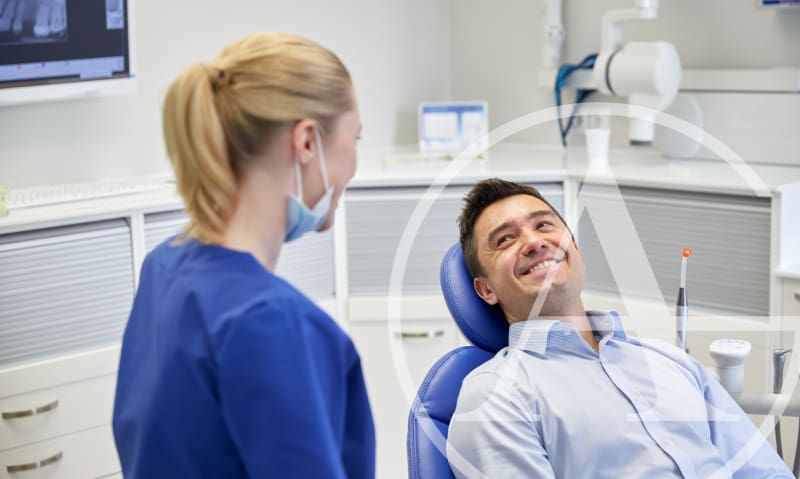What Is it Like Getting IV Sedation for a Dental Procedure?

Most dental procedures call for a local anesthetic to numb the area being worked on. However, sedation may also be recommended to meet some patients’ individual needs.
IV sedation is one sedation dentistry option that could be right for you. Here’s what you can expect from your IV sedation experience.
Deciding If IV Sedation Is Right for You
The first step will be determining whether IV sedation is the right choice for you. You should make this decision with your dentist, as there are many factors that can affect your choice.
The length and nature of the procedure play a major role. IV sedation is particularly effective for longer procedures.
Local anesthetic and oral conscious sedation need to be readministered after a certain period, which isn’t a very convenient solution for longer procedures. Sedation is continuously administered, so there’s no risk of it wearing off.
IV sedation puts you in a semiconscious state where you are able to respond to questions when asked directly but won’t really be aware of your surroundings. Because you aren’t aware and will have little to no memory of the treatment, the procedure will seem very short.
Your individual needs also play a part in deciding the right type of sedation. If you experience dental anxiety or have had a negative experience in the past, the calm and relaxation provided by IV sedation can make dental treatments more bearable.
Make sure to express any concerns you might have to your dentist. Taking both your needs and the nature of the procedure into account, they’ll be able to recommend the most effective sedation option for you.
Before Your Procedure
Once you’ve decided on IV sedation, your dentist will provide specific instructions to follow ahead of your procedure. Following your dentist’s instructions is always vital. Requirements can vary depending on the procedure and patient, so these are only general examples.
In most cases, you’ll have to avoid eating or drinking before your appointment. This generally means avoiding anything after midnight the night before your appointment, although your instructions could vary.
Your dentist will have already discussed any of your prescription medications with you when planning your procedure. You’ll also have to avoid certain over-the-counter medications for up to several days before your procedure. Certain pain relief medications, such as ibuprofen and aspirin, are the most common examples.
Don’t forget to make plans for a ride home ahead of time. You won’t be able to drive for at least 12 hours following your sedation dentistry appointment.
Administering Your IV Sedation
When you come to your appointment, your provider will have the IV sedation prepared for you. They will insert a thin needle into a vein in your hand or arm, which is connected to the intravenous tube that carries the sedative. If you’re concerned about needles, you can ask for a numbing cream to be applied to the area before the IV is inserted.
The sedative flows directly into your bloodstream in a carefully controlled dose. Because of this delivery method, it takes effect very quickly.
During the procedure, equipment is used to carefully monitor your vital signs. Your pulse and oxygen levels are actively monitored, and your blood pressure will be checked before and after the procedure.
After Your Procedure
The strongest effects of your sedation will start to wear off in about 20 minutes, at which point you will wake up from your semiconscious state. You’ll still feel noticeable effects but will be much more alert.
The speed at which you become more alert depends on a few things. The length of the procedure you underwent, your body weight, and other individual factors could have you become alert faster or slower than usual.
You should avoid driving or operating any potentially dangerous equipment or devices for at least 12 hours. The sedation will have completely left your system within 24 hours. You should avoid alcohol during that 24-hour period, as it can create an adverse reaction with any remaining sedative in your system.
You can drink fluids again right after your procedure. It’s generally recommended to have soup or other soft foods for your first meal after undergoing IV sedation to avoid any nausea or vomiting due to feeling groggy and having an empty stomach.
Stay Comfortable During Your Dental Treatment
At Dallas Cosmetic Dental, we work closely with an anesthesiologist to provide in-house anesthesia and sedation dentistry. You can receive the care you need while remaining calm and comfortable with the right sedation option for your needs. Reach out today to schedule an appointment and to find out more.